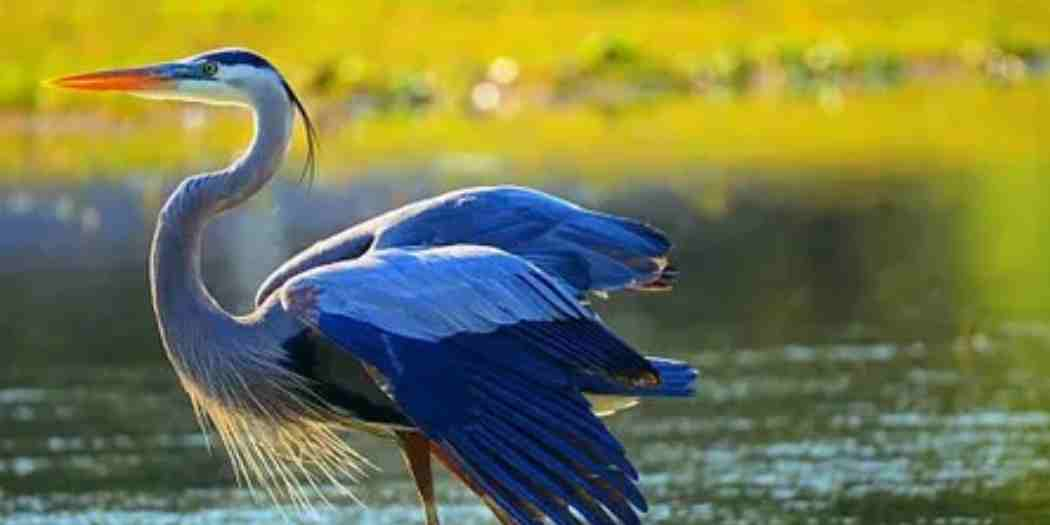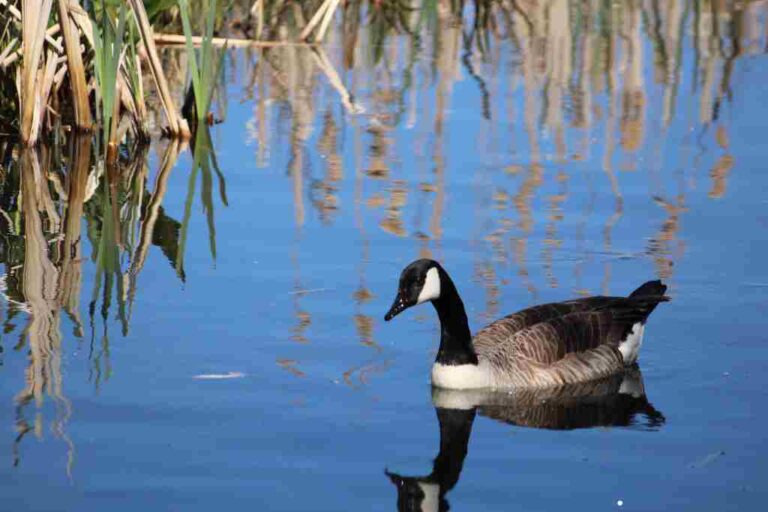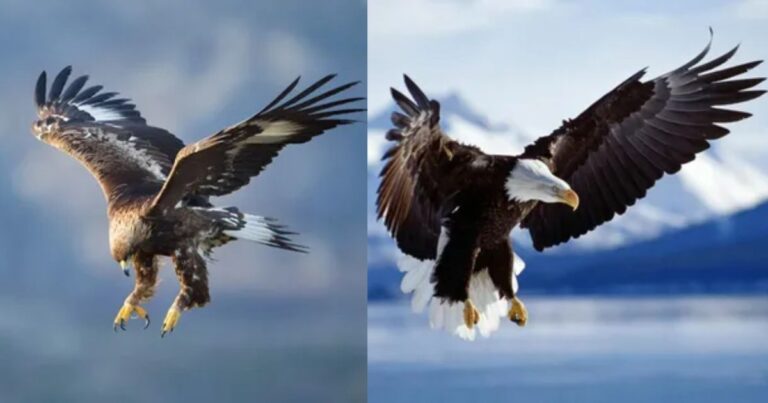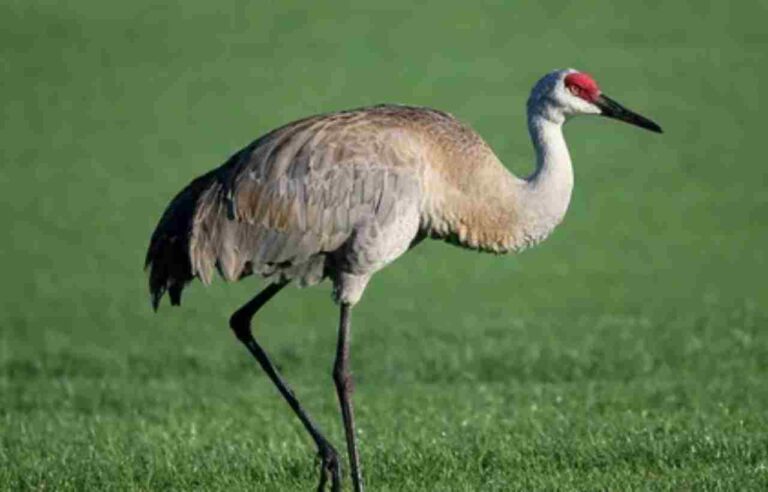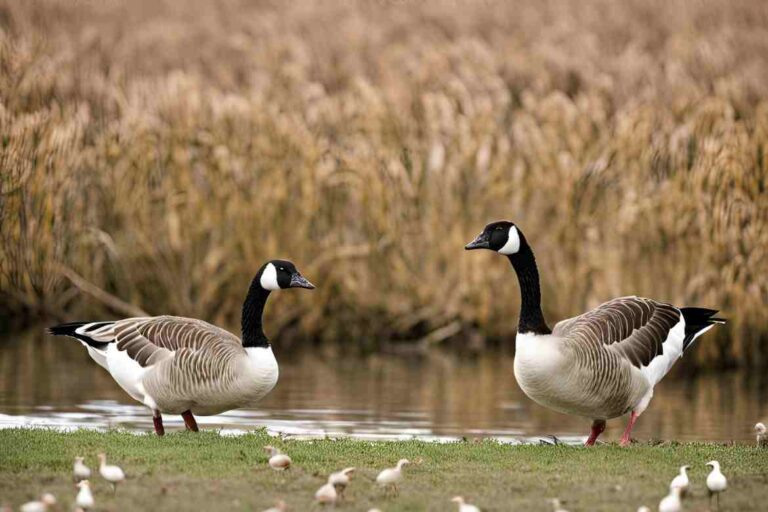Great Blue Heron Call: An In-Depth Exploration
The great blue heron is a majestic bird, known for its striking appearance and graceful movements. One of the most fascinating aspects of this bird is its call, which serves as a crucial communication tool among herons and other wildlife. In this article, we will explore the great blue heron call, its significance, and its symbolism in various cultures.
Understanding the Great Blue Heron

The great blue heron (Ardea herodias) is a large wading bird found throughout North America, from Canada to Central America. With a wingspan of up to 6.6 feet and a height of around 4.5 feet, this bird is easily recognizable. Its long legs and neck, along with its sharp beak, make it a proficient hunter, primarily feeding on fish, frogs, and small mammals sultan chickens.
Physical Characteristics
The great blue heron is characterized by its long, slender body, sharp bill, and striking plumage, which features a mix of blue-gray feathers. Here are some key physical traits:
| Feature | Description |
|---|---|
| Height | Approximately 4.5 feet |
| Wingspan | Up to 6.6 feet |
| Weight | 4 to 8 pounds |
| Plumage | Blue-gray with a white head and neck |
| Legs | Long and slender, adapted for wading |
The Call of the Great Blue Heron

Types of Calls
The great blue heron call is a series of distinct sounds used for communication are mountain lions dangerous. These calls can vary in pitch and intensity, depending on the context. The primary types of calls include:
- Soft Grunting Sounds: Often used by herons in close proximity, these sounds are softer and more subdued.
- Loud Croaks: Used to assert territory or during mating displays, these calls are loud and can carry over long distances.
- Contact Calls: These calls help maintain communication between parents and their young or between mated pairs.
The Importance of the Great Blue Heron Call
The great blue heron call plays several essential roles in the bird’s life, including:
- Territorial Marking: Herons use loud croaks to establish and defend their territory from other herons.
- Mating Rituals: During courtship, the herons spotlight the great blue heron in vocalizations to attract mates and perform displays.
- Parenting: Adult herons communicate with their chicks through soft grunting sounds, helping to keep the family unit connected.
Symbolism of the Great Blue Heron

The great blue heron symbolism varies across different cultures and traditions. Here are some key interpretations:
Native American Symbolism
In many Native American cultures, the great blue heron is seen as a symbol of grace, patience, and self-determination. It is believed that:
- Wisdom: The heron’s ability to remain still while hunting represents the importance of patience and observation.
- Adaptability: As a bird that thrives in various environments, the heron symbolizes adaptability and resilience.
Eastern Philosophy
In Eastern cultures, particularly in Chinese mythology, the great blue heron is often associated with longevity and tranquility. The symbolism includes:
- Peaceful Existence: The heron’s serene movements and graceful presence reflect a peaceful approach to life.
- Balance and Harmony: The heron embodies the balance between the elements of water and air, representing harmony in nature.
Modern Interpretations
Today, the great blue heron symbolism has also taken on contemporary meanings, often representing:
- Connection to Nature: As a bird that thrives in wetlands, the heron symbolizes the importance of preserving natural habitats.
- Spiritual Guidance: Many people view the heron as a messenger or guide, offering insights into one’s path in life.
The Habitat of the Great Blue Heron
Preferred Environments
The great blue heron prefers habitats that provide ample food sources and suitable nesting areas. Common environments include:
- Wetlands: Marshes, swamps, and estuaries provide abundant fish and other prey.
- Lakes and Ponds: Still water bodies allow for easy hunting and nesting.
- Rivers and Streams: Flowing water provides a diverse diet and safe nesting sites in trees or shrubs.
Nesting Habits
Great blue herons nest in colonies, often referred to as heronries. These nests are typically built high in trees or on cliffs, providing safety from predators. Key nesting characteristics include:
| Aspect | Description |
|---|---|
| Nesting Material | Sticks, reeds, and grasses |
| Nest Height | Usually 30 to 70 feet above ground |
| Clutch Size | 2 to 7 eggs, depending on food availability |
Conservation Status
The great blue heron is currently classified as a species of “Least Concern” by the IUCN, indicating that it is not facing significant threats. However, like many wildlife species, it can be affected by habitat loss and environmental changes.
Threats to Habitat
- Wetland Drainage: Development and agriculture can lead to the loss of crucial wetland habitats.
- Pollution: Contaminants in water bodies can impact fish populations and, subsequently, heron feeding habits.
Conservation Efforts
Various organizations and governmental bodies are working to protect the habitats of the great blue heron. Conservation measures include:
- Wetland Restoration: Initiatives to restore and protect wetland areas are vital for the survival of heron populations.
- Public Awareness: Educating communities about the importance of preserving natural habitats helps garner support for protective measures.
Conclusion
The great blue heron call is not just a sound; it is a vital component of the bird’s life and behavior, playing essential roles in communication, mating, and parenting. Additionally, the great blue heron symbolism reflects the broader cultural significance of this magnificent bird, symbolizing patience, adaptability, and a deep connection to nature. As we continue to appreciate and protect these incredible creatures, it becomes increasingly important to recognize the role they play in our ecosystems and the rich tapestry of wildlife around us.
- Mexican Red Headed Bird: A Brilliant Avian Wonder - January 16, 2025
- Can Turkeys Eat Bread? - January 15, 2025
- crocodile and plover bird relationship articles for students - January 12, 2025

